
Building a Home Security System with BeagleBone
¥54.49
Building a Home Security System with BeagleBone is a practical, hands-on guide for practical, hands-on people. The book includes step-by-step instructions for assembling your own hardware on professionally manufactured PCB’s and setting up the software on your system. This book is for anyone who is interested in alarm systems and how they work; for hobbyists and basement tinkerers who love to build things. If you want to build the hardware described in this book, you will need some basic soldering skills, but all the parts are of the thru-hole variety and are very easy to put together. When it comes to software, you can just run it as-is, but if you want to modify the code, you will need knowledge of Java and IDEs.

Learning Mongoid
¥54.49
A step-by-step tutorial with focused examples that will help you build scalable, high performance Rails web applications with Mongoid.If you are an application developer who wants to learn how to use Mongoid in a Rails application, this book will be great for you. You are expected to be familiar with MongoDB and Ruby.
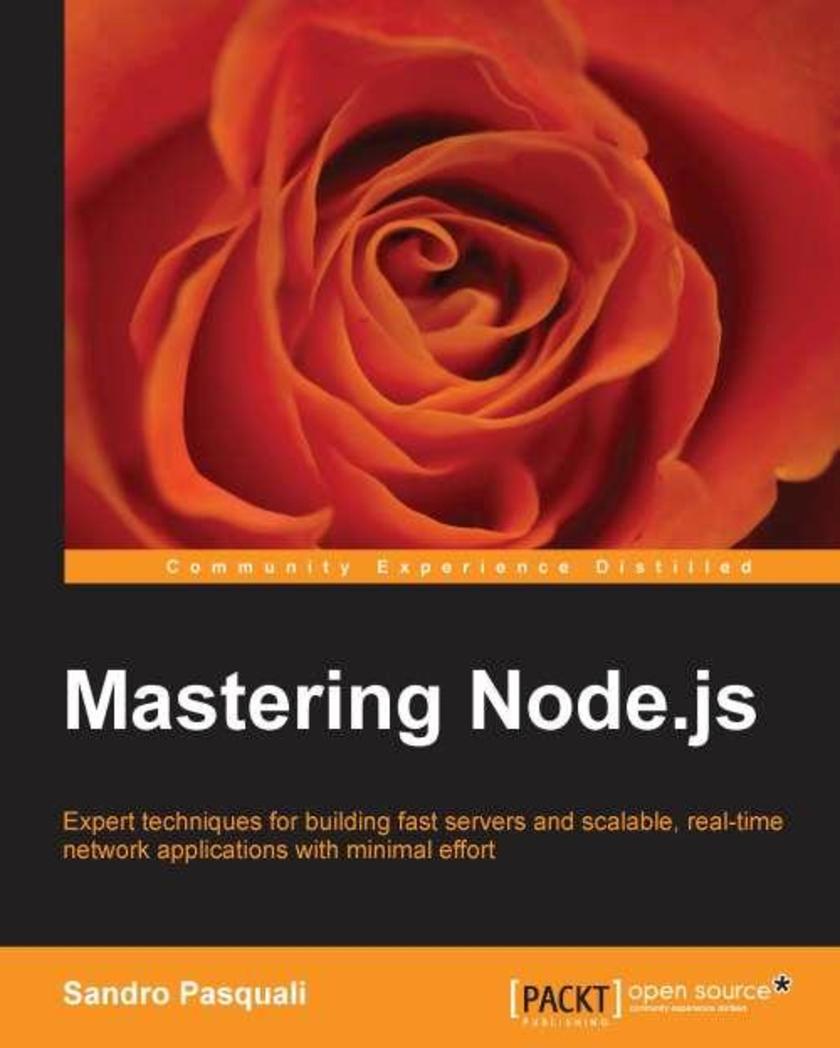
Mastering Node.js
¥90.46
This book contains an extensive set of practical examples and an easy-to-follow approach to creating 3D objects.This book is great for anyone who already knows JavaScript and who wants to start creating 3D graphics that run in any browser. You don’t need to know anything about advanced math or WebGL; all that is needed is a general knowledge of JavaScript and HTML. The required materials and examples can be freely downloaded and all tools used in this book are open source.

Getting Started with FortiGate
¥54.49
This book is a step-by-step tutorial that will teach you everything you need to know about the deployment and management of FortiGate, including high availability, complex routing, various kinds of VPN working, user authentication, security rules and controls on applications, and mail and Internet access.This book is intended for network administrators, security managers, and IT pros. It is a great starting point if you have to administer or configure a FortiGate unit, especially if you have no previous experience. For people that have never managed a FortiGate unit, the book helpfully walks through the basic concepts and common mistakes. If your work requires assessing the security of a corporate network or you need to interact with people managing security on a Fortinet product, then this book will be of great benefit. No prior knowledge of Fortigate is assumed.
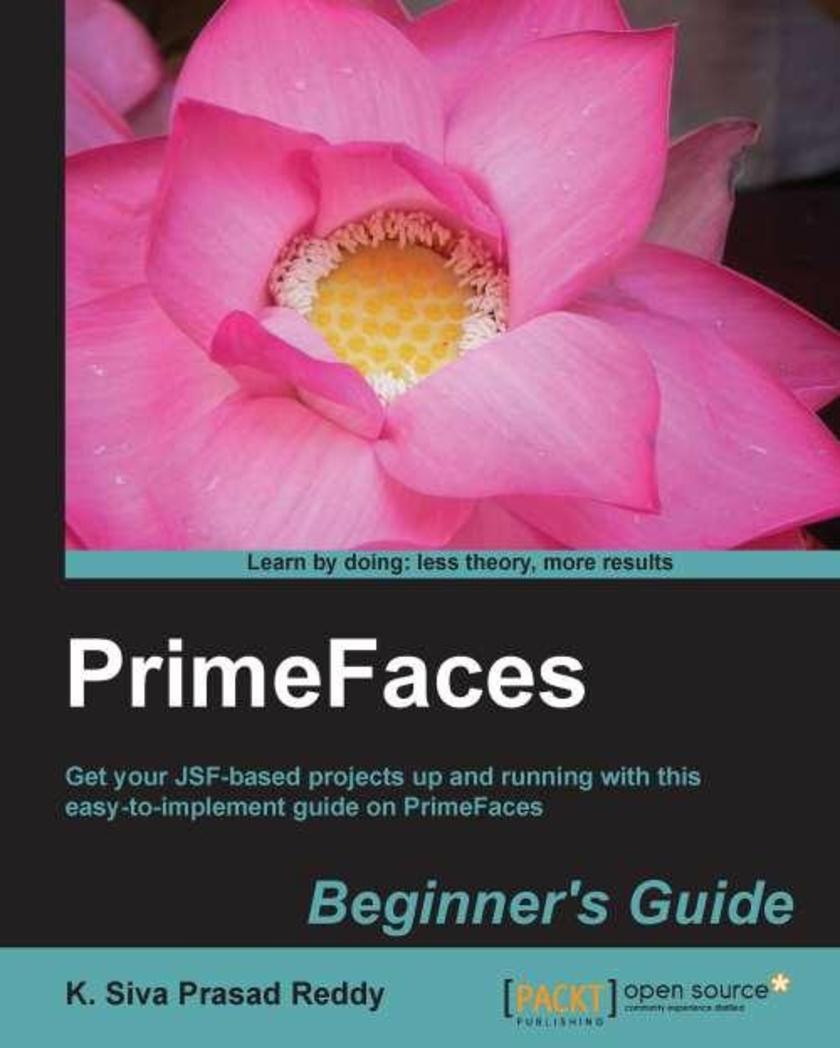
PrimeFaces Beginner's Guide
¥90.46
A guide for beginner’s with step-by-step instructions and an easy-to-follow approach.PrimeFaces Beginners Guide is a simple and effective guide for beginners, wanting to learn and implement PrimeFaces in their JSF-based applications. Some basic JSF and jQuery skills are required before you start working through the book.
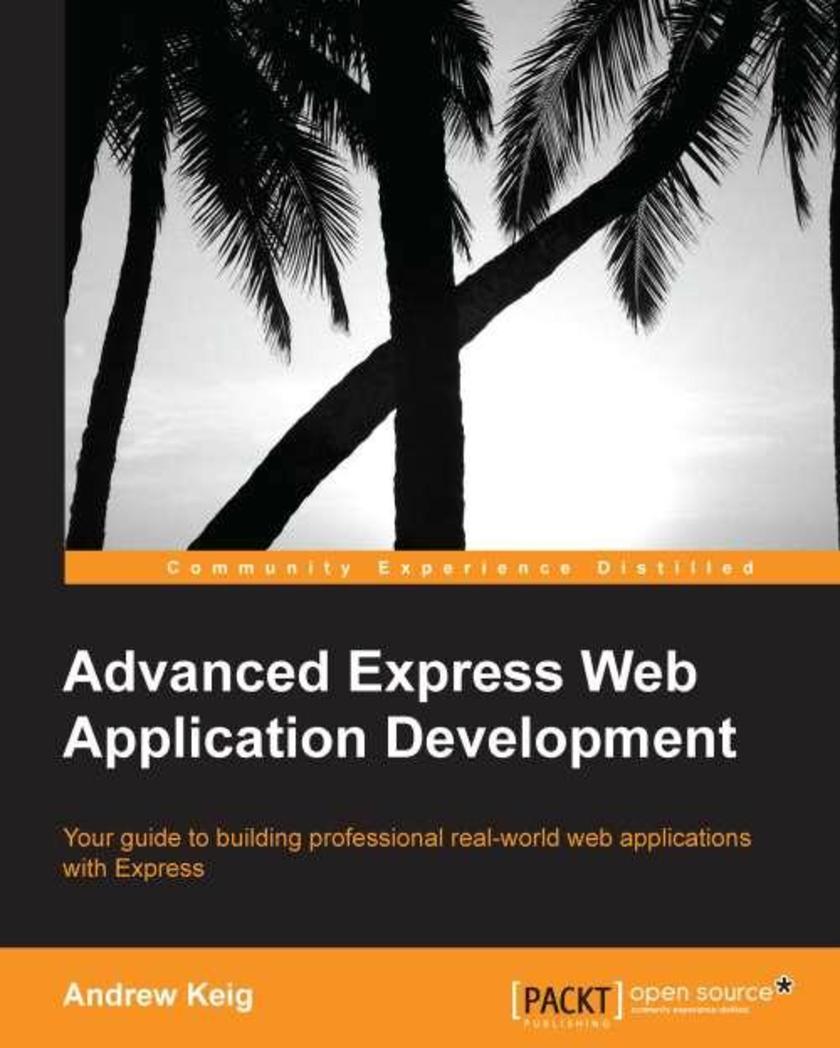
Advanced Express Web Application Development
¥71.93
A practical book, guiding the reader through the development of a single page application using a feature-driven approach.If you are an experienced JavaScript developer who wants to build highly scalable, real-world applications using Express, this book is ideal for you. This book is an advanced title and assumes that the reader has some experience with node, Java* MVC web development frameworks, and has heard of Express before, or is familiar with it. You should also have a basic understanding of Redis and MongoDB. This book is not a tutorial on Node, but aims to explore some of the more advanced topics you will encounter when developing, deploying, and maintaining an Express web application.
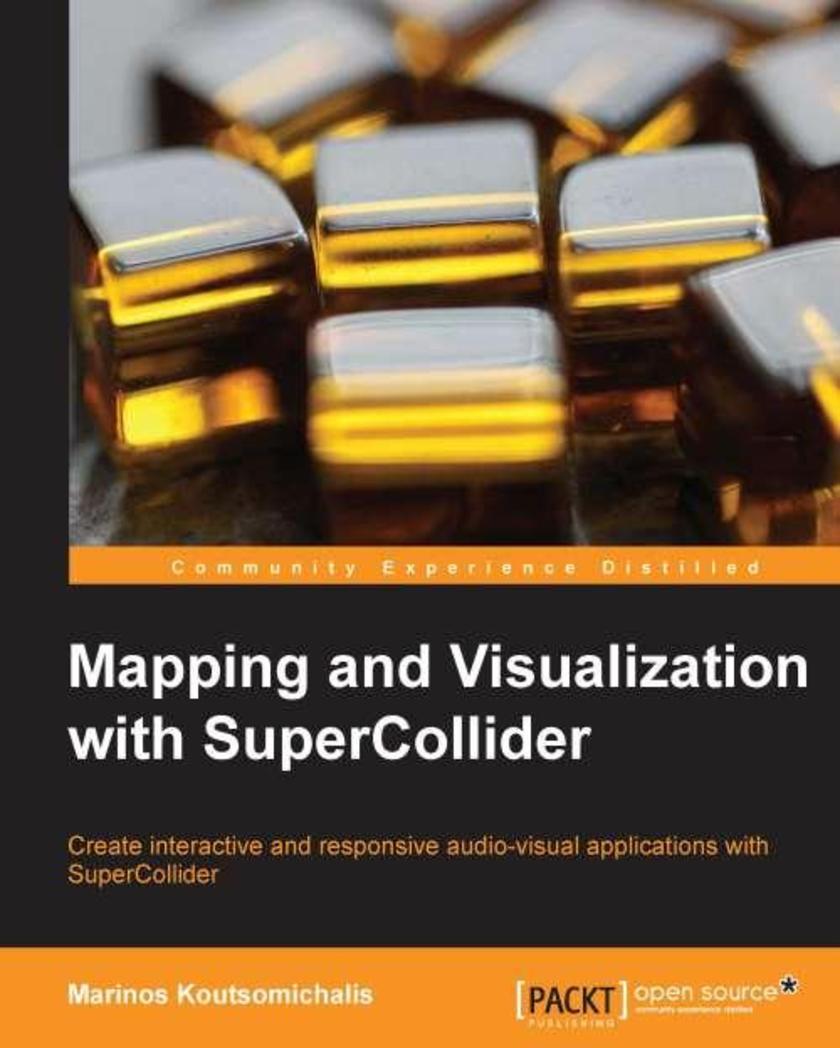
Mapping and Visualization with SuperCollider
¥71.93
This book is a standard guide with numerous code examples of practical applications. It will help you advance your skills in creating sophisticated visualizations while working with audio-visual systems.This book is ideal for digital artists and sound artists who are familiar with SuperCollider and who wish to expand their technical and practical knowledge of mapping and visualization. It is assumed that you already have some experience with the SuperCollider programming language and are familiar with the fundamental audio synthesis techniques.
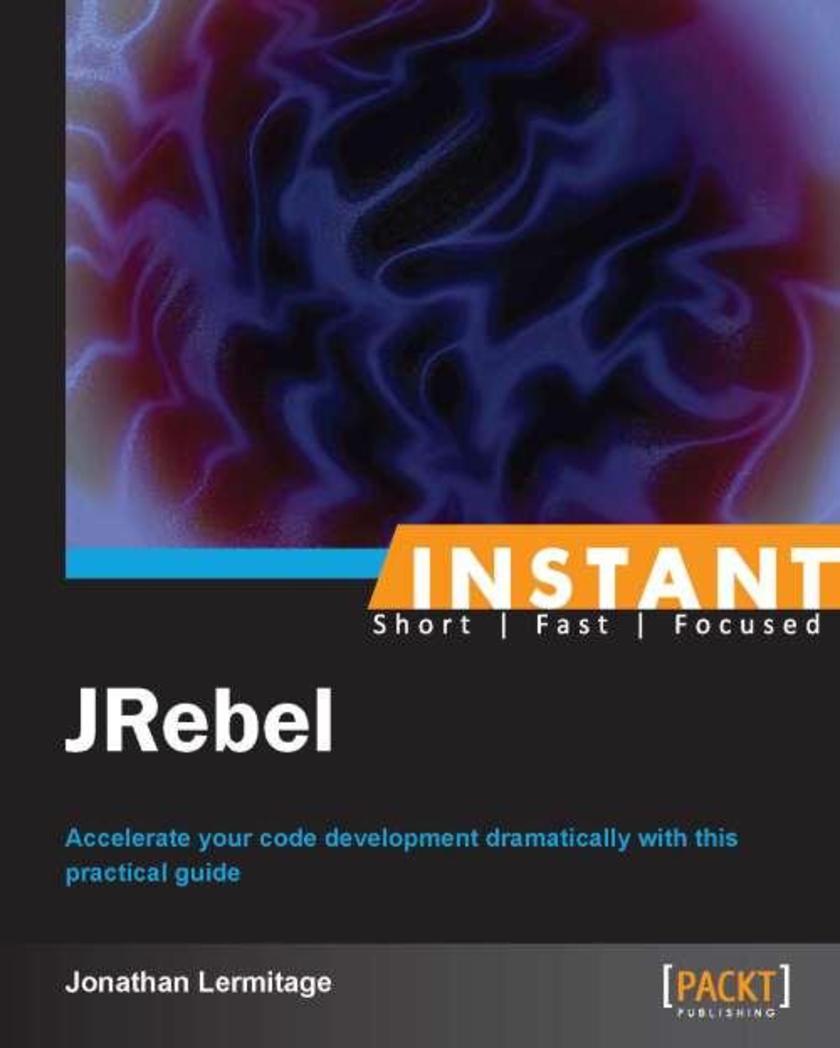
Instant JRebel
¥45.77
Filled with practical, step-by-step instructions and clear explanations for the most important and useful tasks. This book is an easy-to-follow guide full of hands-on examples of real-world Java development tasks. Each topic is explained and placed in context, and for the more inquisitive readers, there are more-in-depth details of the concepts used.If you have experience in Java desktop or web application development based on Servlets and you want to update your code instantly without recompiling and redeploying the code, this book is for you.
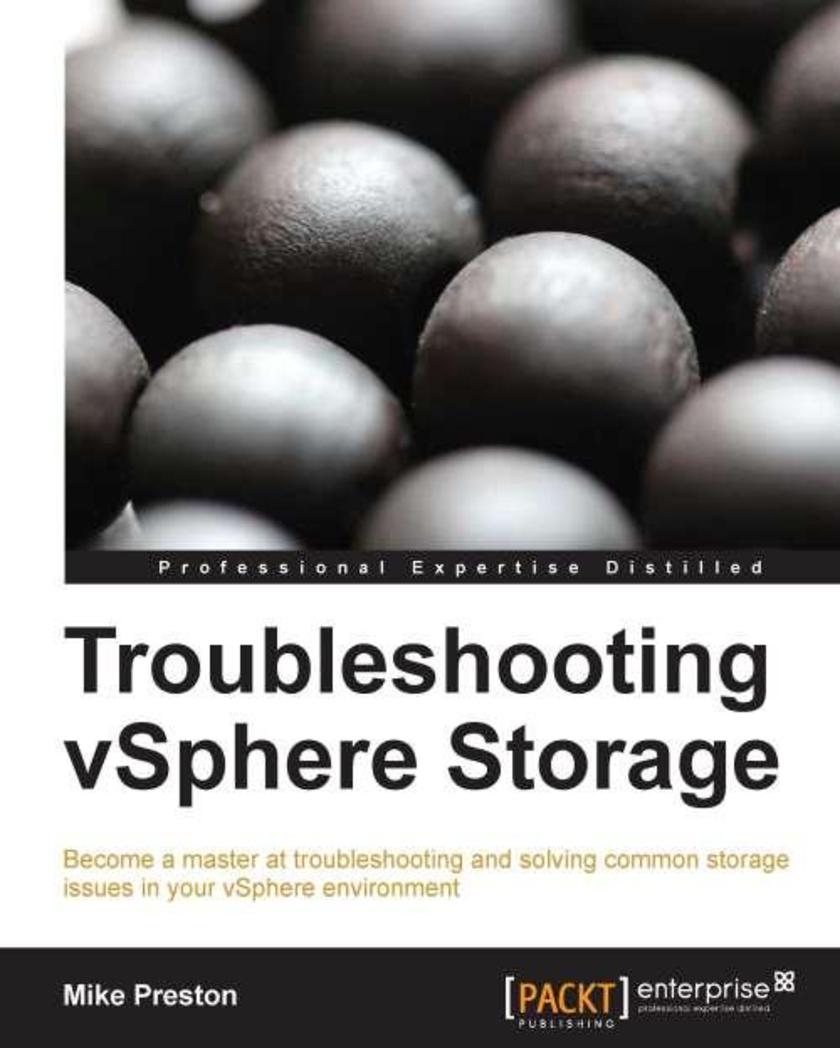
Troubleshooting vSphere Storage
¥71.93
This is a step-by-step example-oriented tutorial aimed at showing the reader how to troubleshoot a variety of vSphere storage problems, and providing the reader with solutions that can be completed with minimal effort and time in order to limit damage to work.If you are a vSphere administrator, this is the book for you. This book will provide you with 'need to know' information about the various storage transports that ESXi utilizes, the tools and techniques we can use to identify problems, and the fundamental knowledge and steps to take to troubleshoot storage-related issues. Prior knowledge of the VMWare environment is assumed.
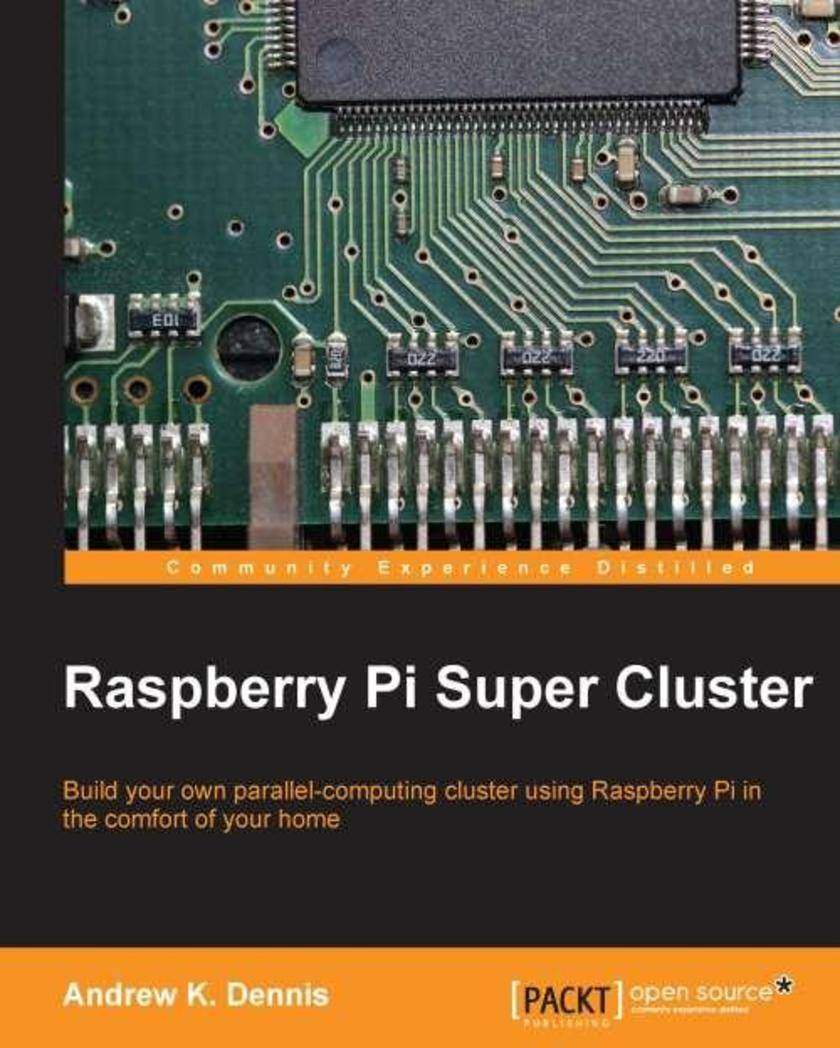
Raspberry Pi Super Cluster
¥63.21
This book follows a step-by-step, tutorial-based approach which will teach you how to develop your own super cluster using Raspberry Pi computers quickly and efficiently.Raspberry Pi Super Cluster is an introductory guide for those interested in experimenting with parallel computing at home. Aimed at Raspberry Pi enthusiasts, this book is a primer for getting your first cluster up and running. Basic knowledge of C or Java would be helpful but no prior knowledge of parallel computing is necessary.

iCloud Standard Guide
¥66.48
An easy-to-use guide, filled with tutorials that will teach you how to set up and use iCloud, and profit from all of its marvellous features.This book is for anyone with basic knowledge of computers and mobile operations. Prior knowledge of cloud computing or iCloud is not expected.
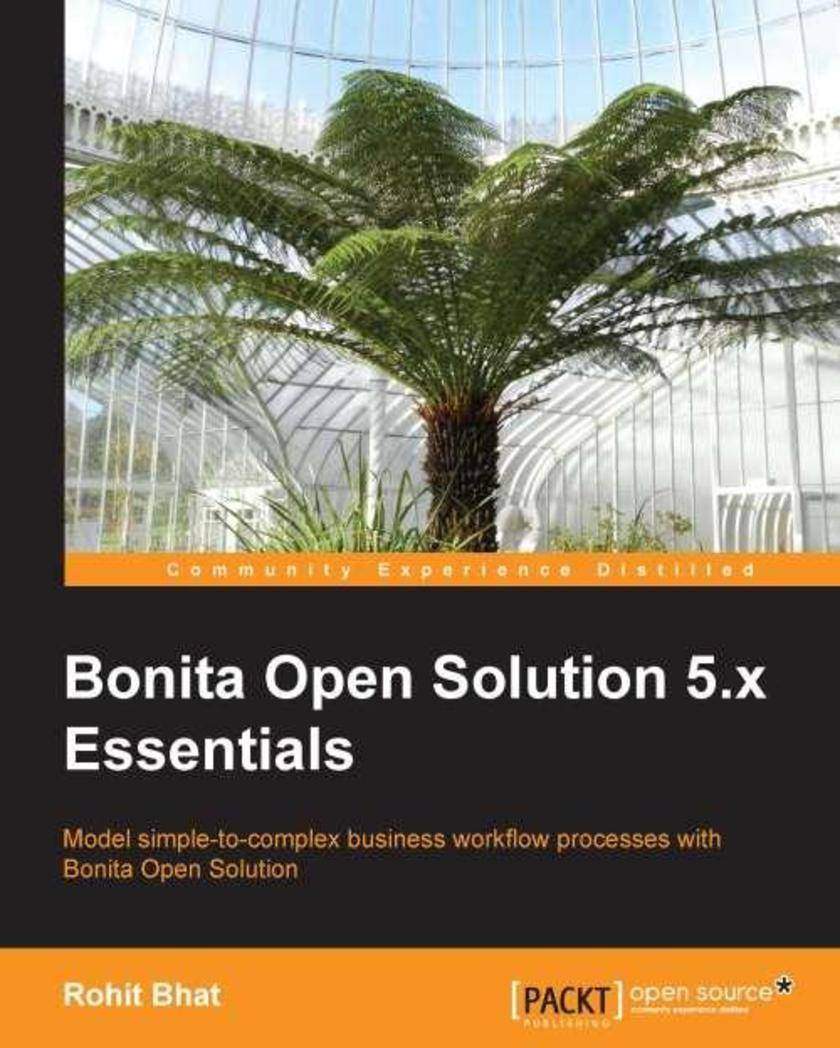
Bonita Open Solution 5.x Essentials
¥63.21
A practical, intuitive guide for modeling complex business processes as full-scale applications using the ease and power of Bonita Open Solution.If you are a business application developer looking forward to model business processes intuitively in a workflow, with various conditions and transitions then this book is for you. Basic knowledge of Java or Groovy is necessary to help you develop these applications. Knowledge of HTML and JavaScript/JQuery will be helpful but not mandatory.
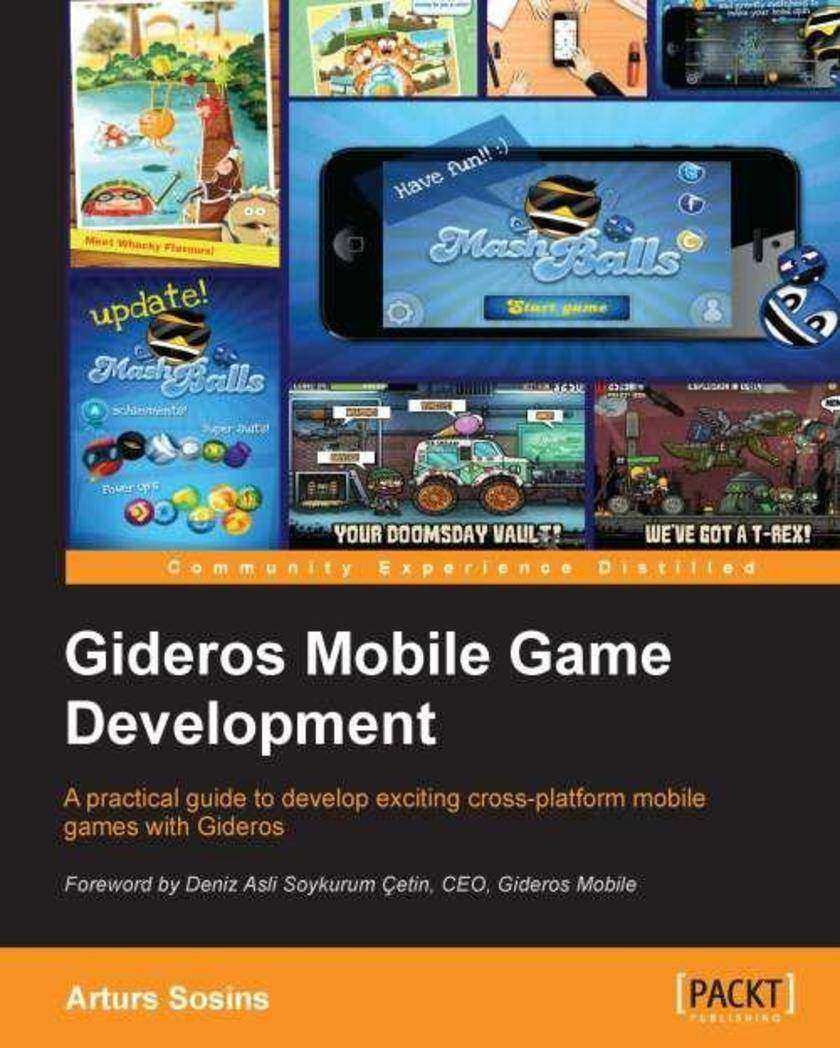
Gideros Mobile Game Development
¥63.21
This book is a detailed guide to create and deploy mobile games on multiple mobile platforms with an emphasis on practical examples that help you learn how to make your own games quickly and efficiently.This book is for developers who are new to mobile game development or who have tried the native development of mobile games and want a simpler, faster tool that can support a wide variety of platforms and devices. Readers are expected to be at least partially familiar with the Lua game *ing language that Gideros uses for its *s.
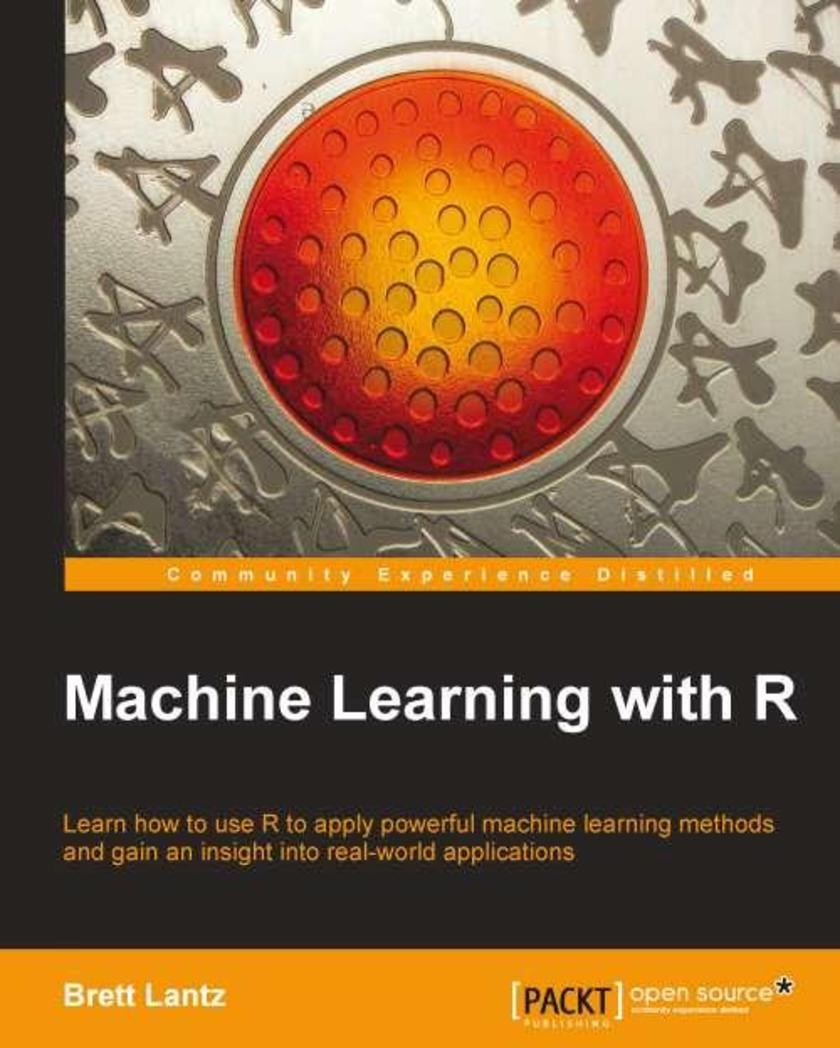
Machine Learning with R
¥99.18
Written as a tutorial to explore and understand the power of R for machine learning. This practical guide that covers all of the need to know topics in a very systematic way. For each machine learning approach, each step in the process is detailed, from preparing the data for analysis to evaluating the results. These steps will build the knowledge you need to apply them to your own data science tasks.Intended for those who want to learn how to use R's machine learning capabilities and gain insight from your data. Perhaps you already know a bit about machine learning, but have never used R; or perhaps you know a little R but are new to machine learning. In either case, this book will get you up and running quickly. It would be helpful to have a bit of familiarity with basic programming concepts, but no prior experience is required.

Talend OpenStudio Cookbook
¥80.65
Primarily designed as a reference book, simple and effective exercises based upon genuine real-world tasks enable the developer to reduce the time to deliver the results. Presentation of the activities in a recipe format will enable the readers to grasp even the complex concepts with consummate ease.Talend Open Studio Cookbook is principally aimed at relative beginners and intermediate Talend Developers who have used the product to perform some simple integration tasks, possibly via a training course or beginner's tutorials.
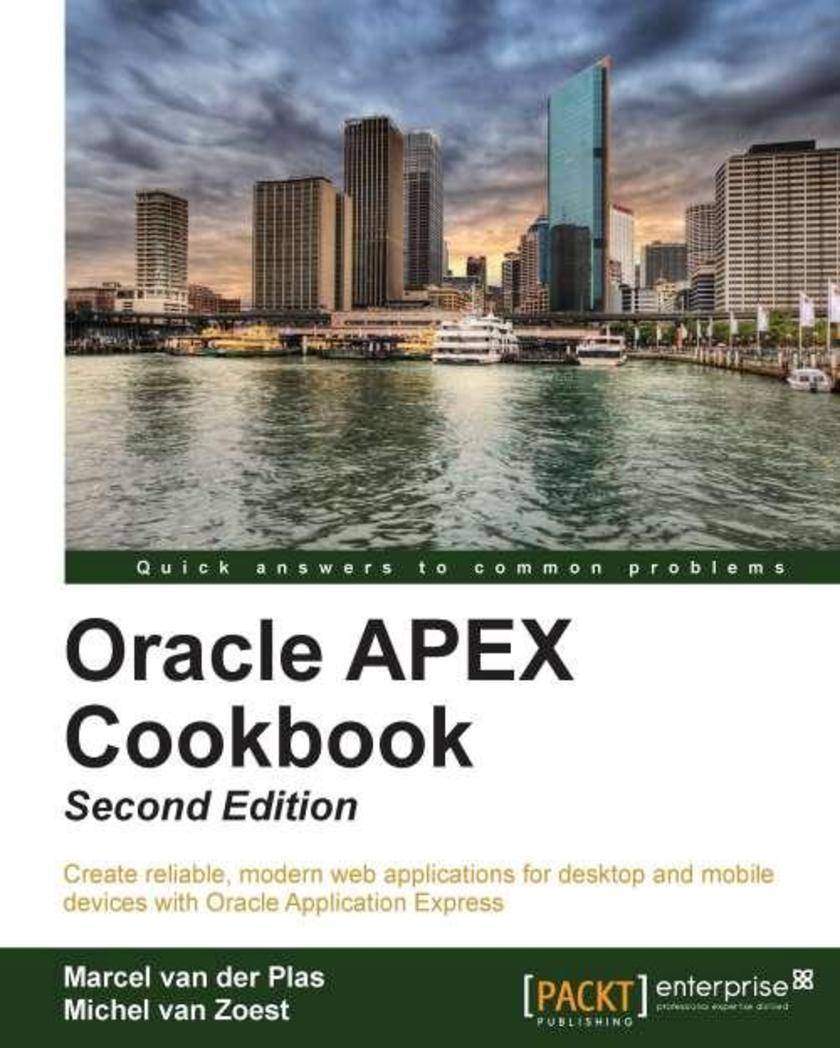
Oracle APEX 4.2 Cookbook : Second Edition
¥107.90
As a Cookbook, this book enables you to create APEX web applications and to implement features with immediately usable recipes that unleash the powerful functionality of Oracle APEX 4.2. Each recipe is presented as a separate, standalone entity and the reading of other, prior recipes is not required.It can be seen as a reference and a practical guide to APEX development.This book is aimed both at developers new to the APEX environment and at intermediate developers. More advanced developers will also gain from the information at hand.If you are new to APEX you will find recipes to start development and if you are an experienced user you will find ways to improve your productivity and efficiency and make the most of APEX to enhance your applications.A little knowledge of PL/SQL, HTML and JavaScript is assumed.
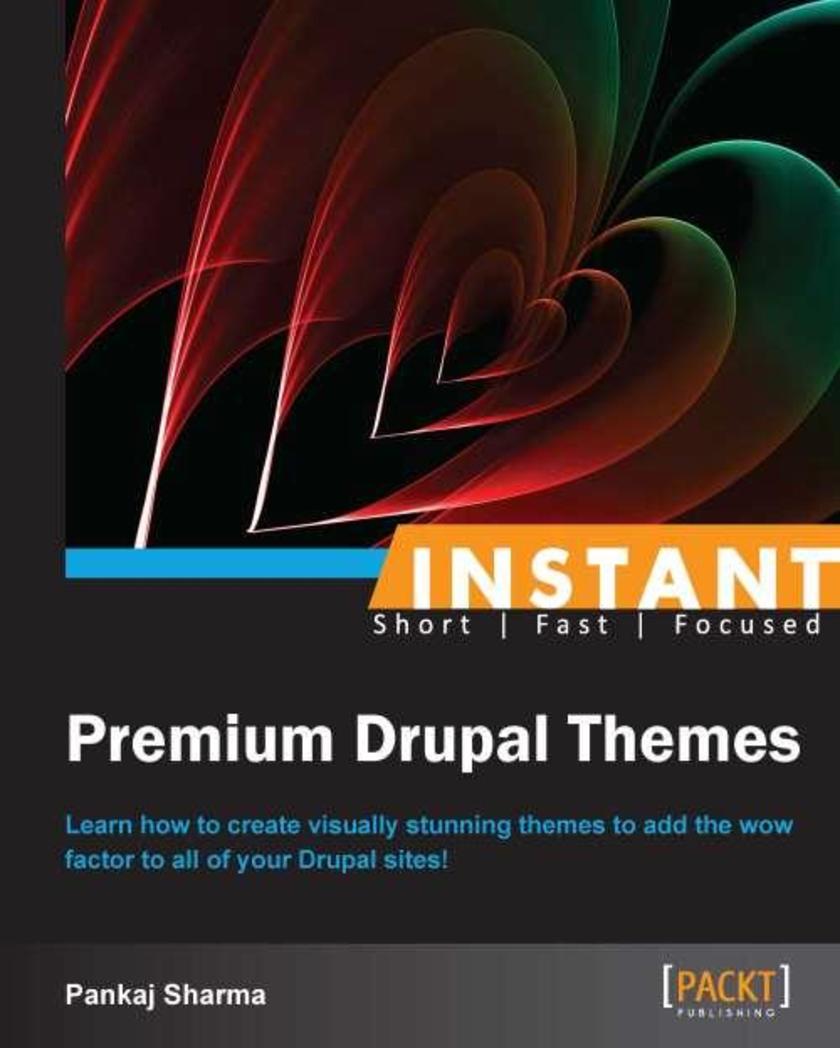
Instant Premium Drupal Themes
¥45.77
Filled with practical, step-by-step instructions and clear explanations for the most important and useful tasks. A step-by-step guide filled with recipes that will show you how to create your very own Drupal themes using HTML.This book is great for developers who are new to Drupal. It is assumed that you have some experience in HTML, PHP, and CSS. You’ll need a PHP (LAMP/WAMP) environment to install Drupal. It is also assumed that you know how to install Drupal. Some familiarity with CMS will be useful but is not essential.
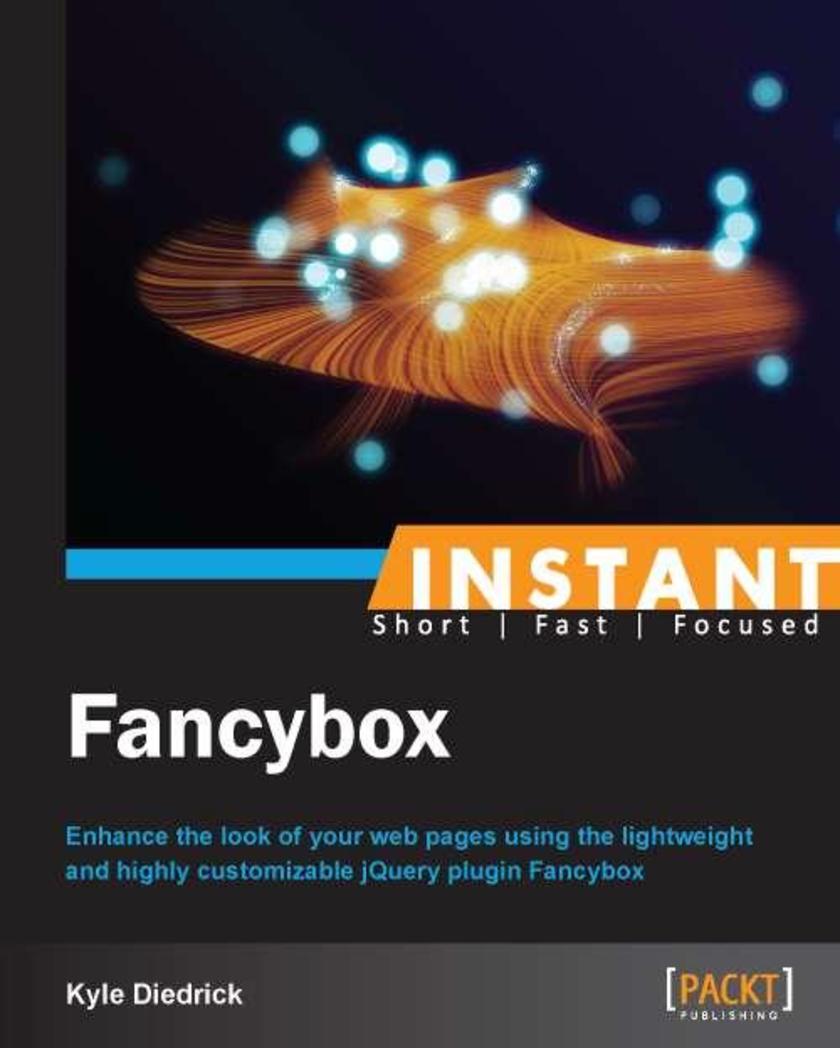
Instant Fancybox
¥41.41
Filled with practical, step-by-step instructions and clear explanations for the most important and useful tasks. Instant Fancybox is a tutorial guide with step-by step instructions and practical examples to help you customize your web pages.Instant Fancybox is great for web developers looking to learn more about the Fancybox jQuery plugin. The book assumes a working knowledge of HTML and CSS. Readers are also expected to have a basic understanding of jQuery and JavaScript.

Creating Mobile Apps with Appcelerator Titanium
¥80.65
Creating Mobile Apps with Appcelerator Titanium provides a hands-on approach and working examples on creating apps and games as well as embedding them onto a social networking website. Developers can then move on from there to develop their own applications based on the ones they have developed throughout the course of this book."Creating Mobile Apps with Appcelerator Titanium" is for developers who have experience with modern languages and development environments. Also, if you are familiar with the concepts of Object-oriented Programming (OOP), reusable components, AJAX closures, and so on, this book will help you leverage that knowledge in mobile development.This book will also cater to Titanium users who wish to know more about Titanium’s broad range of capabilities and will help you to expand Titanium's basic set of features by using extension modules.
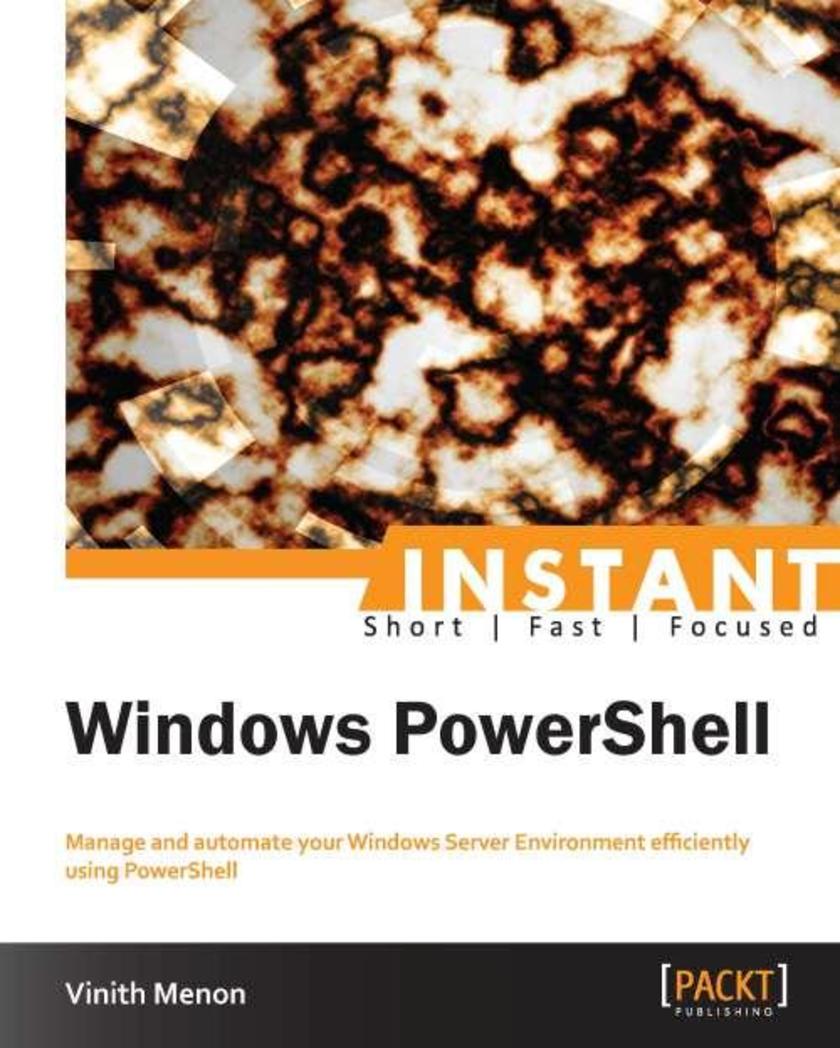
Instant Windows PowerShell
¥50.13
Get to grips with a new technology, understand what it is and what it can do for you, and then get to work with the most important features and tasks. A practical, hands-on tutorial approach that explores the concepts of PowerShell in a friendly manner, taking an adhoc approach to each topic.If you are an administrator who is new to PowerShell or are looking to get a good grounding in these new features, this book is ideal for you. It’s assumed that you will have some experience in PowerShell and Windows Server, as well being familiar with the PowerShell command-line.
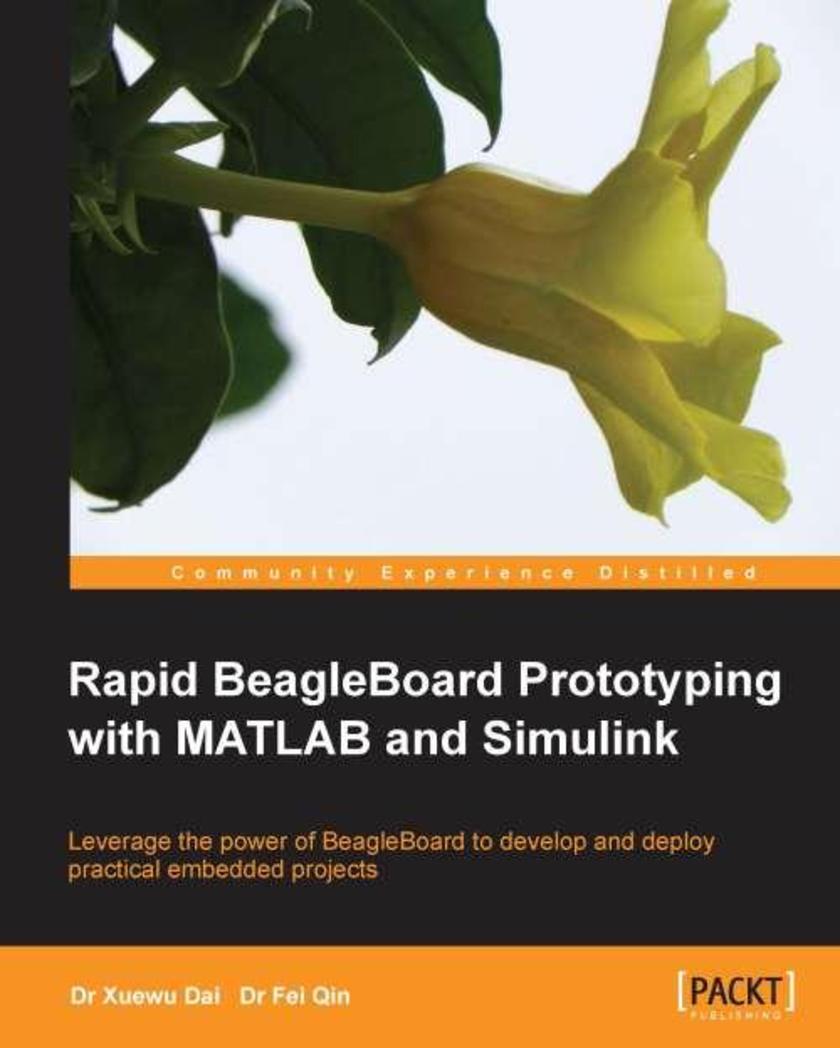
Rapid Beagleboard Prototyping with MATLAB/Simulink
¥54.49
This book is a fast-paced guide with practical, hands-on recipes which will show you how to prototype Beagleboard-based audio/video applications using Matlab/Simlink and Sourcery Codebench on a Windows host.Beagleboard Embedded Projects is great for students and academic researchers who have practical ideas and who want to build a proof-of-concept system on an embedded hardware platform quickly and efficiently. It is also useful for product design engineers who want to ratify their applications and reduce the time-to-market. It is assumed that you are familiar with Matlab/Simulink and have some basic knowledge of computer hardware. Experience in Linux is favoured but not necessary, as our software development is purely on a Windows host.




 购物车
购物车 个人中心
个人中心



